Samantha
Share This Post
Samantha loves to swim, to listen to music and to try all kinds of foods. She’s affectionate and capable of love and she gets a mischievous smile when she is trying to sneak a snack when you are looking elsewhere. Some of her language has come back, and she can often communicate in very basic words. We reached some stability after the GRIA diagnosis four years ago, but for 16 years prior we were fighting in the dark, fighting a disorder that derailed her development and came close to fatal several times.
I have memories of the first three years of Sam’s life that are untouched by “special needs.” She would slip on her dad’s shoes and toddle away and giggle as you tried to catch her, or she would steal his hat, put it on and smile when it went over her face and she couldn’t see you anymore. The memories seem so intimate because the “disease” was not there, her future wasn’t a disaster and I was just her mom, truly amazed at how beautiful she was when she lifted her arms trying to catch a bird flying above. And the way she carried around her favorite dinosaur and and put socks on his feet —and his tail!
Looking back in photos and videos there were signs that she was struggling but I didn’t know that language yet; clumsy, not very complex use of her hands, low-tone, severe constipation, overwhelmed by even simple stimulus, severe separation anxiety, motor planning problems, an in-and-out quality to her consciousness, losing her place in middle of a simple task —all much more subtle signs than now, but clearly there.
At 3 Samantha’s mood destabilized and she seemed distraught and agitated most of the time. At 7 an onslaught of movement problems followed, torsion dystonia, myoclonus, coarse tremor, cogwheel rigidity. The year before, she could hike a simple trail in the canyon with her grandfather and climb a short rock wall on the jungle gym; now she was in and out of a wheelchair with unstable posture and tremor, very easily falling, breaking her hand once, her ankle twice and later some fingers when she tried to brace her falls.
No seizures to explain her deterioration. No trace of metabolic difference. Perfect MRI, normal EEG, negative EMG, all genetic test normal, karotype, Rett test, Fragile X, Rett again, epilepsy gene panel, muscle biopsy negative, PET scan. It was like chasing a ghost that was pushing your child off a cliff.
She couldn’t handle school anymore so I homeschooled her very carefully, but her cognition slid with everything else. It was very, very difficult for her to learn new things but I needed to keep her mind connected to the world. I didn’t want her to give up and disappear into herself.
At 13 Samantha’s breathing became precarious. We had to place a GI tube in her stomach because her swallowing deteriorated. Our house was transformed, hospital equipment beeping, blowing and rotating, and the CPAP amplified her breathing through the hallways. She had become so complex medically that we were now followed by five hospital departments, and three different types of neurologists, and two doctor-consultants out-of-state.
At 15 all these medical issues dovetailed into a severe neurological presentation called catatonia; Samantha had the malignant form which almost killed her three times. The first time the autonomic instability shut down her lungs and kidneys and she struggled intubated on machines for three months. It is no surprise that someone who’s glutamate receptors are damaged would get catatonic; glutamate dysregulation is described in catatonia textbooks, case studies, and even a popular memoir. Without the genetic diagnosis there was no explanation for Samantha’s severe symptoms and no starting point for treatment.
At 17 we received the GRIA diagnosis. She had 4 DBS electrodes placed in different parts of the thalamus. She started years of rehab and orthopedic surgeries. Her breathing, swallowing, muscle tone and gait are normal now, she can even run a bit when she wants to. Cognitively she is about 60% back to her early baseline and she is still dependent and needs support throughout the entire day, but she is starting to be able to learn again so we are hopeful things will get at least a bit better.
Read more Posts

Ezra
Ezra came into the world on September 17th, 2018, surrounded by his parents and family who were all so excited to meet him!

Dylan
Dylan was born with his hands and feet turned in. When asked, the midwives advised this was perfectly normal, as Dylan was our first child.
